| It will be very interesting to see how well crops do; it breaks every rule about no-dig system, where good quality top-dressing supplements high quality initial soil preparation. |
|
Though it was a shame we weren't quite able to get enough people for the guided tour to run, our group trip was very jolly indeed and Sissinghurst in the full glory of its spring show. The Lime Walk, Nuttery and Dleos (the areas designed by Vita Sackville West and Harold Nicholson specifically for spring colour) were absolutely spectacular. A bright breezy day meant it was warm and dry enough for outdoor picnics but there weren't the hoards of people who can sometimes make a visit a bit overcrowded. Some of us were particularly keen to see the newly-established vegetable and fruit garden, which is intended to provide produce for the restaurant and was started in 2009. It was clear that most of the work had been done very recently, with the fruit bushes only planted a few weeks before. A huge amount of effort had gone into the various support structiures - showy and expensive, with flashy techniques - but it was agreed the soil preparation seemed to have been lamentable. The garden is advertised as using 'no dig' beds. It would seem they use a pared-down version of this where dusty, poor-quality bagged compost made mostly of composted bark is simply poured a couple of inches deep over the heavy, unimproved soil of pastureland which has had the turf stripped off. There was no topsoil as such to be seen - very strange. As my old granny would say, "All fur coat and no knickers"
0 Comments
That is a ten pence piece next to that leek, folks. So, as you can see, this wasn't a giant show, it was a show of giant leeks! The black mark is magic marker, denoting the height above the roots where the girth of this monster was to be measured. Pot leeks are grown for girth, not length, and some exhibits were disqualified because the distance between roots and the 'button' - the point where the leaves divide - was too long.
It was a real thrill to stumble upon this show - literally we just saw a blackboard with the worlds 'Leek Show Marquee' chalked on them and an arrow pointing past the pub. For two keen allotmenteers it was the icing on the cake. So read on to see more of the Giant Leeks, not to mention onions the size of cabbages and Chrysanthemums as big as your head. Here we have the biggest Chrysanths you've ever seen. And, on the right, the same in pink, just in case you couldn't believe your eyes. Both by the same grower, who also won the prize for the leeks - and several of the other classes. We didn't ask the secret of his success as we thought it highly unlikely he'd tell us! But, believe me, we were awe-struck. But more about those leeks . . . here is a selection of photos to give you a faint idea of their stunning hugeness. The leek nearest the camera is the same one as in the first photo, with the 10p coin next to it. Scary! And if you want something other than leeks, here are a few other scary vegetables . . .
West Allotment Celtic 2 Hebburn 0  It's not often we have the chance to cheer on an allotment team in the early rounds of the FA cup, but West Allotment Celtic's defeat of Hebburn in the replay at home sees them drawn to play Knaresborough next weekend. You may have heard of Knaresborough; you may even have worked out, from the comedy series starring Gina McKee and Jim Moir that Hebburn is somewhere in the North East, but I can now reveal that West Allotment Celtic now play at Whitley Bay, Tyneside's seaside resort. The match seems to have been dramatic, with what is described as a "bizarre goalkeeping erro" contributing to the result. I quote: 'The defence was less assured as half-time approached, playing their part in one of the most unusual goals in recent memory. Kallum McGlen looked lively with the ball to feet, but his cross from the right wing was hopelessly shanked into the stratosphere. A seemingly easy take remained for ‘keeper Gary Rogers, but an untimely collision with a teammate saw the ball escape his grasp, bobbling unexpectedly over the line and literally gifting Celtic a welcome buffer at the break.' It sounds like a more exciting match than many in the Premier League, and a full report, only slightly biased I'm sure, can be read on their website. For those who really care about these things, West Allotment Celtic really were an allotment team, formed in 1928 by the merger of West Allotment Primitive Methodists and West Allotment Juniors. Their history is a wonderful story and can be read on their website. Generations of football enthusiasts have kept the team going through thick and thin in this obscure corner of amateur league soccer. Do visit their website and learn more.  This is an interesting venture which is quite different from traditional allotments. Supported, it would seem by a good deal of grant money and a number of different organisations, it does exactly the sort of thing the email in the previous post was talking about - working with kids to get them to eat more fruit and veg, training people who've been out of work - and selling their produce (something we aren't allowed to do). Vegetables are supplied to local restaurants, including the cafe at the Turner gallery, and an affordable veg box scheme aims to help those on low incomes get regular high quality fruit and veg. The scheme is organised via the 'Surestart' organisation under the aegis of the education authority. The community allotments are open on Tuesdays, which is a volunteering day. For more about this interesting scheme click on the picture to go to their website. For a short film on their project, click on this link. "Great British Allotment-Off" - brilliant idea or barking mad? Watch it and have your say. Will it work? Is it just very, very silly? Will it bear any relationship AT ALL to real life allotmenting? Dare we watch? Give us your views on the Big Allotment Challenge after tonight's first episode. All comments will be posted anonymously so you can be as flattering or as scathing as you like. "watched it on Iplayer this morning , Look a bit staged to me but then I'm an old cynic"
"I thought it was dreadful. The bit where they judged the sweet peas and the radishes was interesting. But it was nothing like real allotments. They were shown the plots all ready with imported topsoil. " "How did they organise this? Those people were from all over the country. Did they up sticks and move for 3 months? Or did the BBC bus them up at weekends and leve someone else to look after the watering during the week? Toatlly unrepresentative of real gardening" Allotments snuggled under Wells cathedral at the back of the Bishop's Palace; water source, natural springs! Between the allotments you see here, and the cathedral behind, are the 'wells' which give the town its name. Natural springs surge from the ground, filling clear pools and spilling over to flow into the moat. The amount of water is about the same as in the Stour; enough for them to run a hydro-electric generator off it powering all the needs of the precinct. The water also flows into a 'dipping pool' from which the plotholders can fill their watering cans.
The allotments are about the same size as the plots being allocated in Ashford these days, and most are immaculate. The soil is an enviable silty loam. Fruit trees are clearly allowed and some of them are quite old and gnarled. Close-trimmed grass paths criss-cross the site, which is bounded by a post-and-rail fence on two sides, opening onto the Palalce grounds - on the other two sides, by the medieval stone wall of the precinct. Jealous, me??? |
This website is happy to publicise all garden-related events.
|

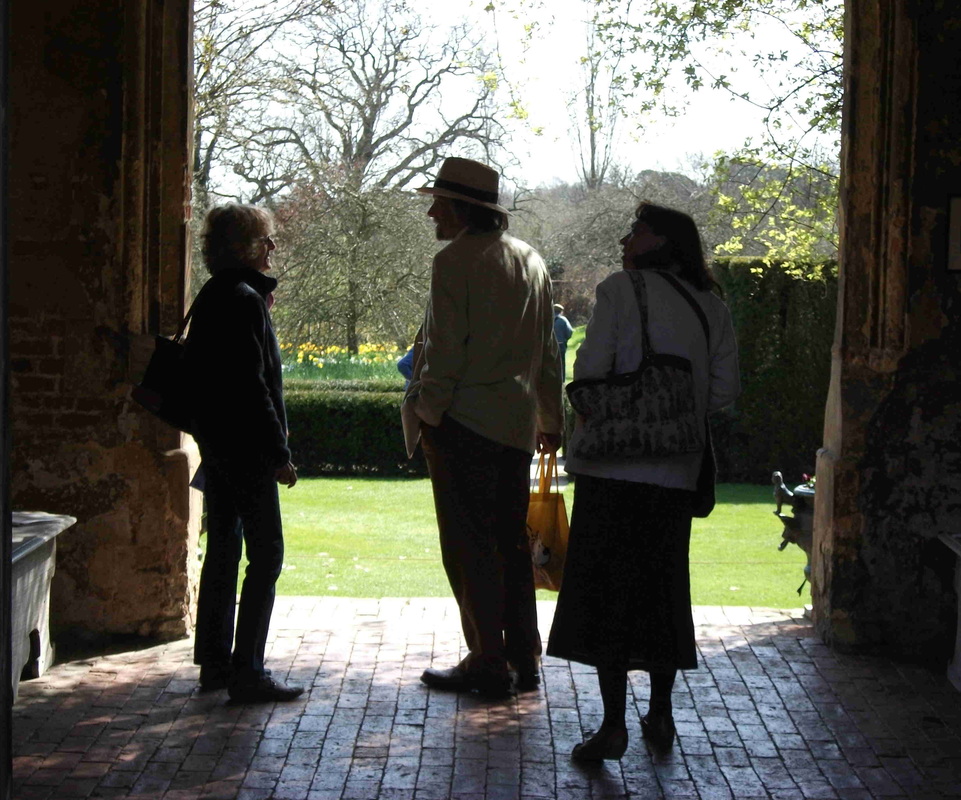




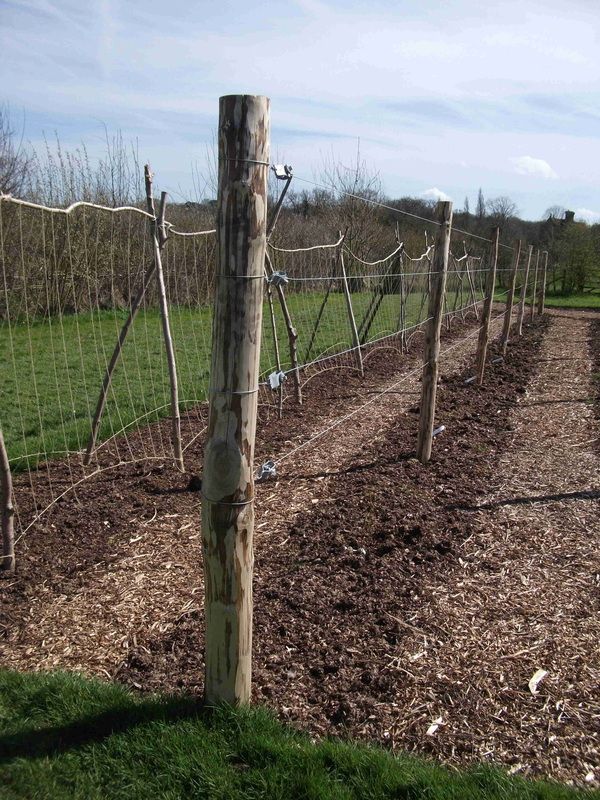





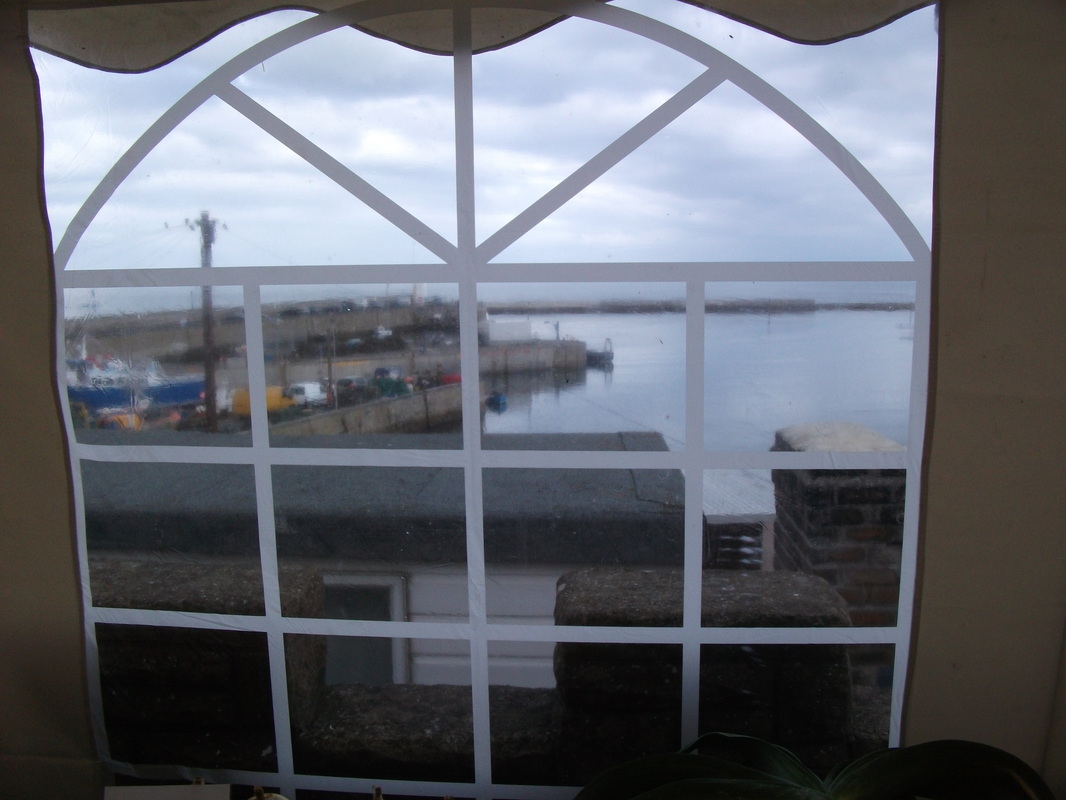
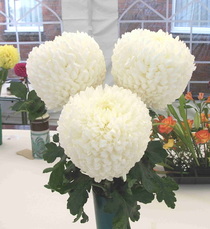
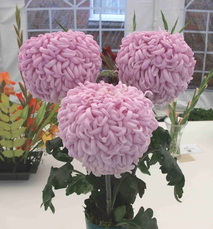
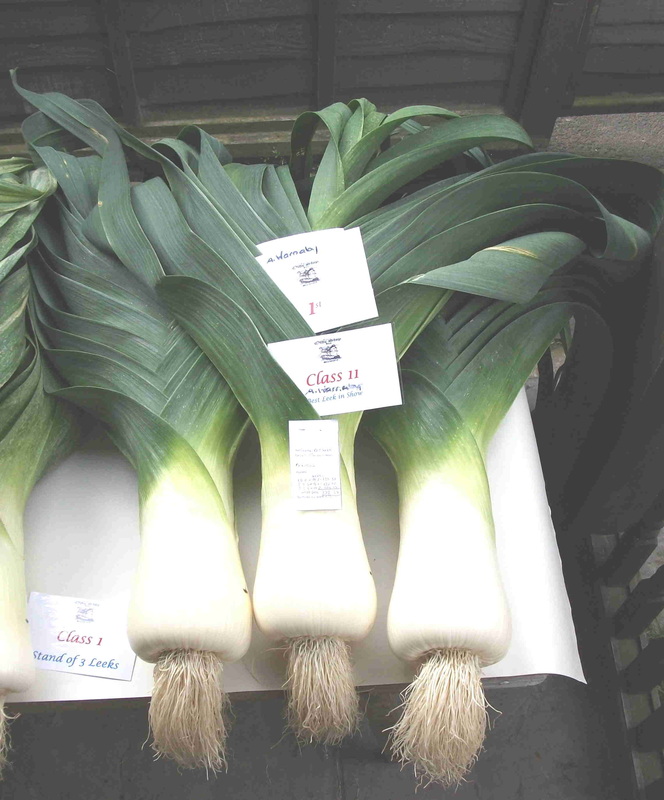

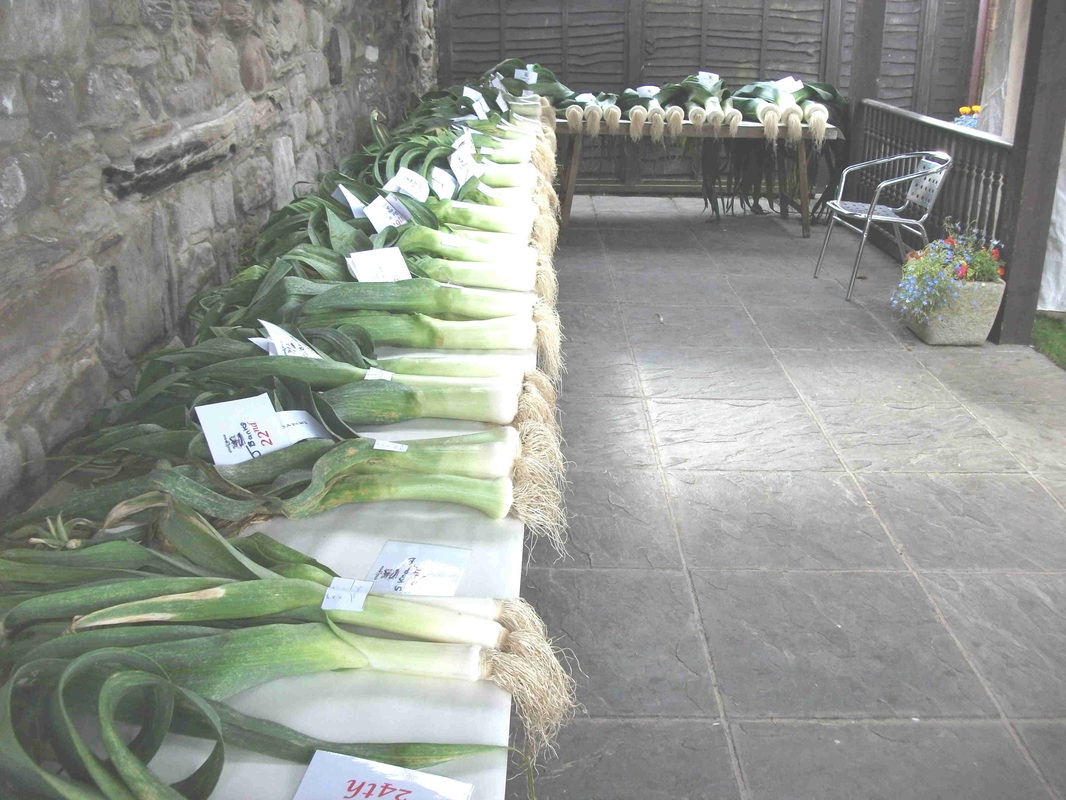


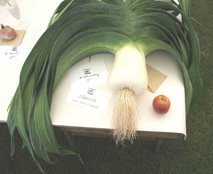
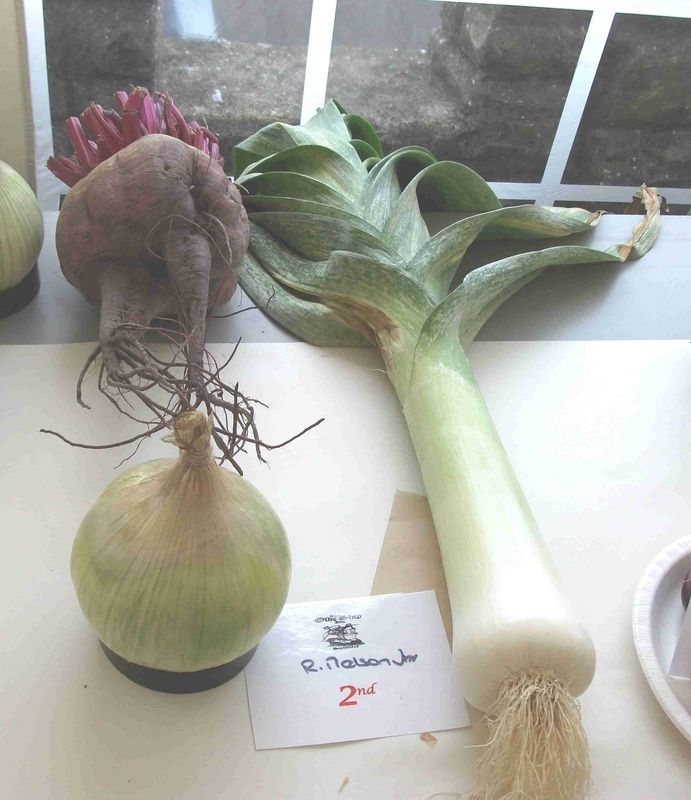




 RSS Feed
RSS Feed
